Camping is so much more fun when you are well-prepared and ready to jump in and make the most delicious camp food. These handy tips will give you a real edge when it comes to your camp kitchen set-up, ensuring you have a hassle-free and relaxing experience and a full belly.
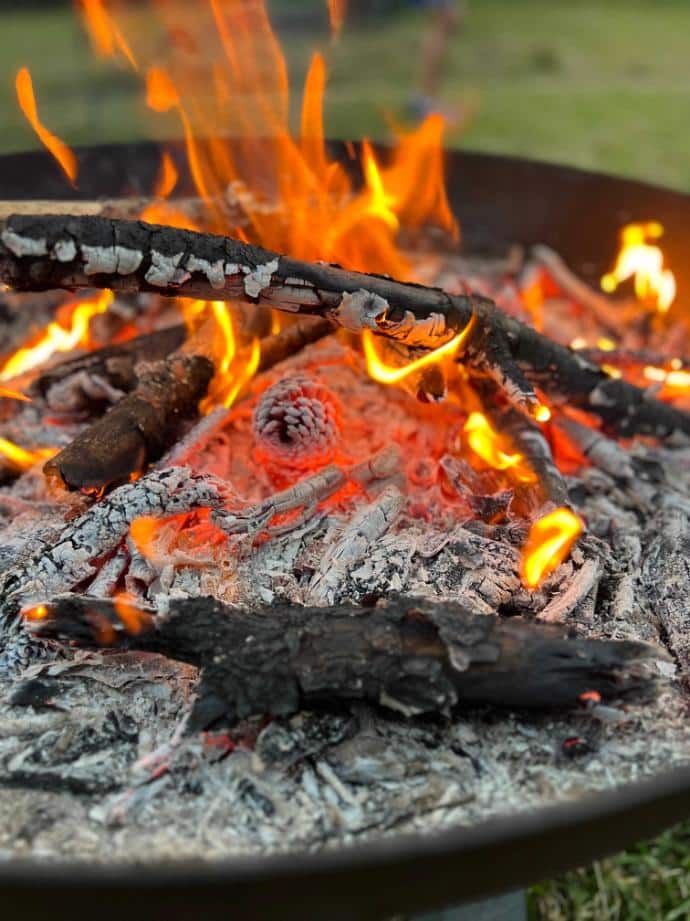
Smart Tips For Setting Up Your Camp Kitchen
Are you going camping in the great outdoors this summer?
No microwave, Uber Eats, grocery store, or restaurant in the wild means you will need to bring food, cooking equipment, and supplies.
These handy tips will tell you everything you need to know about planning your camping kitchen setup so you don't get caught out when enjoying your time away.
You dream of early morning fishing, afternoon hikes, and evenings playing family board games by the light of a campfire or lantern.
But all that time outdoors means you'll be hungry!
Organizing your camping kitchen before heading out can make all the difference between a miserable trip and one for the memory books. Take the time to plan your setup and have a good system in place before you go so you can relax and enjoy the time outdoors.
What is a camping kitchen?
A camping kitchen is an organized outdoor workspace for meal preparation.
It may include areas for prep and cooking, storage and washing. In addition, it often includes an open fire with a cooking grate or a portable cookstove, barbecue or grill.
From an elaborate fold-out all-in-one camp kitchen to a simple frying pan and saucepan combo, your outdoor cooking setup should reflect your camping needs and wants.
“I always set up a dishwashing station first. A tub for dirty dishes that can be filled hot with soapy water (use biodegradable dish soap!) and a collapsible tub for rinse water. Next, set up a stove with enough room around it to have ingredients and serving dishes at the ready before you start to cook.”
— Robin Donovan, All Ways Delicious
What do you need?
When planning a camping trip, only bring essential items that you will actually use:
- food - it helps to meal plan before you leave so you bring only the essentials
- water and water storage - how much you need will depend on whether you have access to potable water on site so keep this in mind
- a small cooler - you may have access to a camp kitchen, but a small cooler is still handy to have if you like to keep some things close to your site
- frying pan and pot - think about your heat source and whether your pan or pot will withstand the heat from that source
- outdoor serving ware - this should be lightweight and hard to break. You can go with stainless steel, melamine, or enamel.
- portable grill or two-burner camp stove and a lighter or matches
- collapsible bucket: this comes in handy for washing dishes
For longer trips, or to serve more elaborate meals, bring a Blackstone griddle or a small weber bbq, a large cooler, and a cast-iron Dutch oven.
You'll find many space-saving gadgets and cooking gear to simplify camping meal prep and cooking, but don't get tempted to waste your money on things you won't use.
“I love bringing my portable Blackstone griddle for camping. It runs off the little propane tanks, so there is no need to have a fire and worry about getting your cast iron to heat up correctly or getting ash into your food. You can make a variety of delicious and healthy meals on the Blackstone!”— Lara Clevenger MSH, RDN, CPT LaraClevenger.com
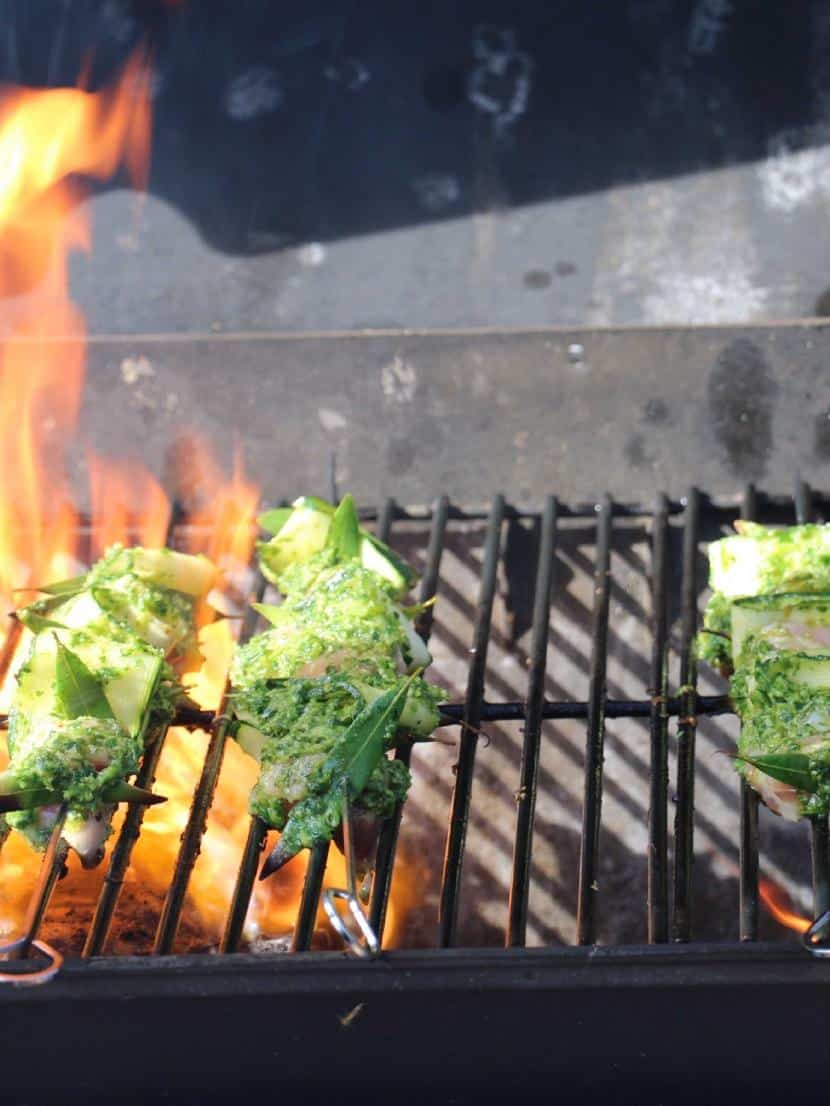
How to set up a camping kitchen
Plan ahead to minimize the chances of forgetting something, you will get better at this the more you go camping, but I find a checklist to be super handy.
Follow these five tips to save time, money, and frustration setting up and using your camping kitchen.
1. Consider your numbers
How many campers will be joining you?
A family of four on a week-long camping trip needs more food than a couple would, not to mention the extra food storage room, table space, and seating.
Write a menu for breakfast, camp lunches, dinners, and snacks and a list of ingredients required for each. Tick each item off as you pack it, and be sure you don't miss essentials like salt and pepper.
Each camper will also need a cup, plate, bowl, and cutlery.
Tip: make a note of food allergies and preferences when planning your meals.
Set up your kitchen with a safe space between the cooking and seating areas, an important tip if camping with kids. Review camping safety rules with younger family members, especially if you cook over an open fire.
2. Cooking, grilling or cold food
Will you be barbecuing or eating cold or prepared foods on your trip?
This determines what ingredients and cooking equipment you'll need to bring.
Also, consider the climate and trip length when planning your meals.
Don't overpack foods in your cooler, especially if you camp for more than 48 hours in hot weather. Ice packs will likely melt in that time, causing food spoilage in warmer temperatures. Always be thinking about food safety, especially when it comes to packing meat and dairy.
If you are traveling for more than 48 hours, and don't have access to a camp kitchen, then you may want to consider meals made from dry goods such as pasta, canned vegetables, and legumes.
Check out this post for some meal ideas using canned vegetables.
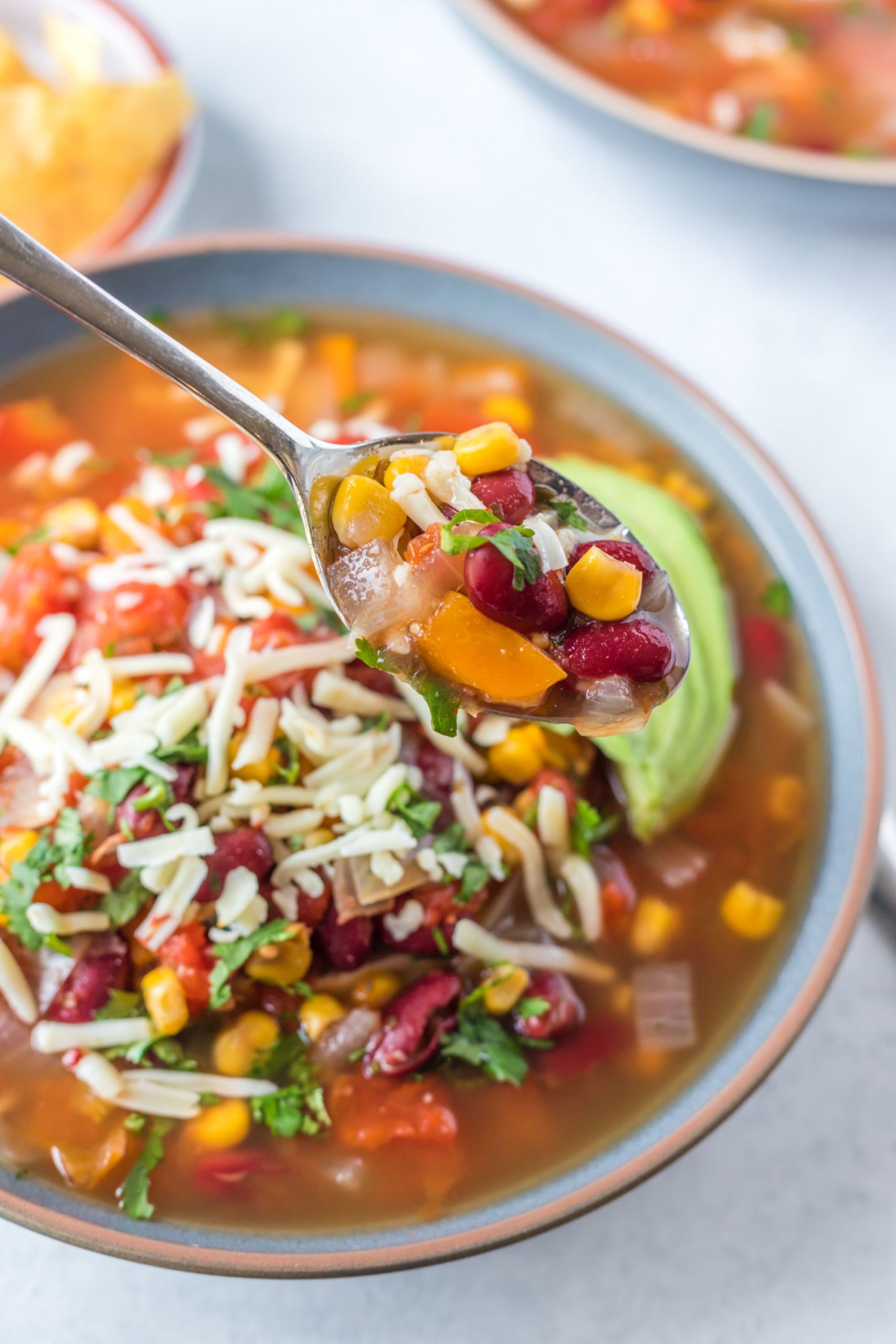
3. Research camp cooking equipment
These days there are so many different options when it comes to camping cooking equipment.
There is everything from basic cookware to portable solar ovens.
Here are a few items to consider.
- All-in-one food prep units or modular setups: Collapsible outdoor kitchens offer convenience and space for food prep, cooking, and clean-up. However, they can be expensive and take up precious cargo space when traveling. A simple food prep area can work just as well if set up correctly.
- Portable sinks, drain tubs, or buckets: Collapsible drain tubs or a small bucket can serve as a dishwashing station and don't take up much space. They can also be used for laundry, or transporting things to the camp kitchen, so are not just a single-use item.
- Essential cleaning supplies: Remember the following items like biodegradable soap, scrub brushes, trash bag, and dish towels.
- Often overlooked items: Pack a good knife set, matches and a lighter, cutting board, and cooking utensils such as tongs, spatula, can opener, bottle opener, and some oven mitts if you plan to cook with an outdoor fire.
“We do remote tent camping, so preparation is everything, and because we are hiking long distances, we don't carry a lot of items. These items are a must in the camp kitchen: A water purifier, resealable plastic bags, which are small and lightweight and good for storing all sorts of things, waterproof matches for starting fires, a collapsible cooking pot, bowls, cups, and a plastic drip coffee cone, because we need our coffee in the wilderness.
— Jere' Cassidy, One Hot Oven
4. Camp cooking essentials vs luxuries
Before you go, identify the camp cooking essentials and the luxuries you could do without. Pack camping gear and your camp cooking essentials first. Then add luxury items if you have space.
You can have a great camp kitchen without all the fancy bits and pieces!
You likely need a good camp stove (and fuel) for preparing meals for car camping, especially in areas with fire bans preventing cooking over an open fire.
A portable or charcoal grill can be a great addition to your setup if you like grilled meats or veggies. If backpacking, choose a lightweight camp stove instead.
You'll also need some camping cookware. For example, a Dutch oven is a versatile piece of cookware for cooking, baking, and frying, but it's super heavy. Alternatively, bring a cast-iron skillet or a small wok to cook everything from pancakes to stir-fries.
You'll also need to get and store drinking water. Consider buying a portable Berkey Water Filter or LifeStraw if you're camping near a freshwater source.
Bring a collapsible water container if your campground offers potable water.
5. Campsite features
Before you leave home have a good look at what is on offer at the campsite. Then when you arrive at your campsite, one of the first things you should do is take a good look around before unpacking because your campsite environment impacts your camping kitchen setup.
Do you see a shady area to store your cooler? Do animals visit the area? If so, you may need to store your food in your vehicle overnight or be sure to have a secure storage area.
If you are camping in an area prone to insects you might want to invest in a screen tent to erect around the picnic table when prepping food and serving meals.
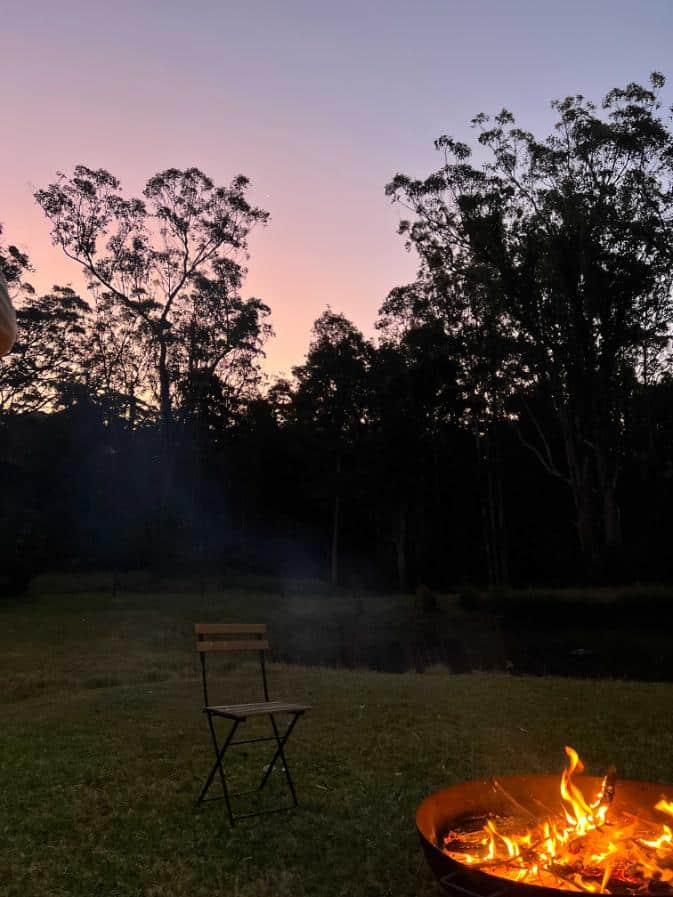
Plan your camp kitchen before you go
Take your time when setting up your camp kitchen setup. Getting everything set up right the first time around will make meal prep easier, and lead to less stress when it comes time to prepare and eat your delicious camp meals.
Choose camping cooking equipment to fit your budget and menu style, invest in quality cooking tools, and consider the food preferences of those traveling with you.
There is absolutely no point in bringing mushrooms and spinach for a lovely omelet in the morning if no one else is going to eat mushrooms or spinach!
Whether planning a weekend camping trip with your friends, or a week-long family summer camping adventure, a well-equipped camping kitchen can make your overall camping experience more enjoyable, so take the time before you leave to make sure everything is sorted.
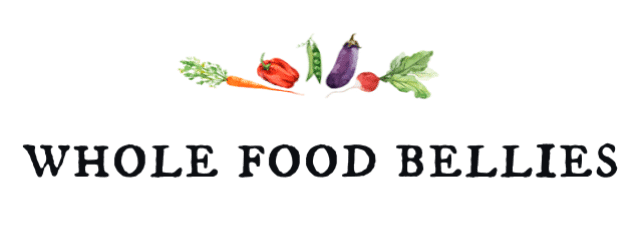

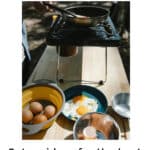
Claire says
I'm so glad I found your post before I went camping with my husband for the first time. It was so helpful.
Pearl says
Camping has always been a big part of my life, and I want my kids to enjoy it as much as I do. I usually forget to plan meals ahead of time, but I'm going to make a menu this time. Thanks for the tip!
Gwen says
This list was an amazing help. We have an upcoming camping trip next week so I bookmarked this for our packing list. There are several items on the list I now need to buy!
chhavi says
I am going on my first-ever camping trip, and this really helps! I dont know the first thing about organising it.
Vladka says
Getting enough water is the most important and life-threatening when camping in the desert. You need to plan this very carefully.